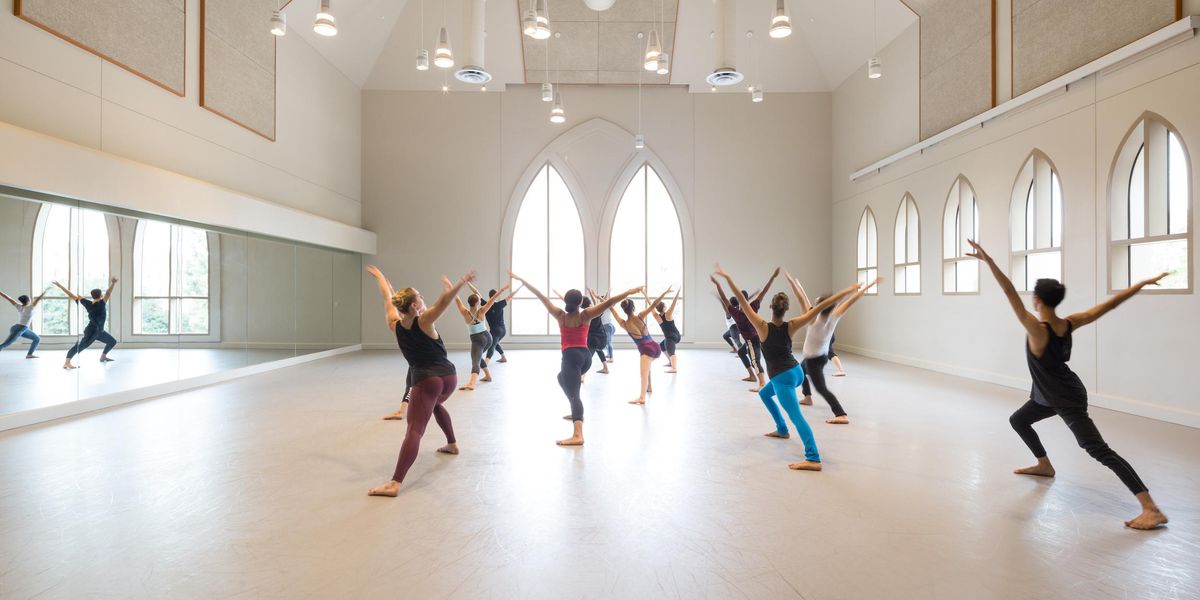Flamenco Evolves
A national festival features form-changing artists.
Rocío Molina. Photo by Felix Vazquez, Courtesy U.S Flamenco Festival
The 13th annual U.S. Flamenco Festival will visit seven cities, February 27 through March 19—and with it will come Spain’s world-renowned, avant-garde flamenco choreographers: Manuel Liñán, Israel Galván, Rocío Molina, Rafaela Carrasco and improvisational master Farruquito. These performers are stepping away from the stereotypes often associated with flamenco as the style grows beyond a folk expression and regains a strong presence on the concert dance stage.
Flamenco’s renewal is being driven by a young generation trained in multiple styles of dance, and also in theater and philosophy. It’s being redefined by the fusion of contemporary movement, particularly in the upper body; a return to the classical styles of Spanish dance, such as escuela bolera; and collaborative experimental performances with forms such as kathak and hip hop. In this year’s festival, Liñán will dance in a bata de cola (a long-trained dress) and a mantón (a large shawl), in a solo that explores male gender roles. “I like to move between the masculine and the feminine styles, between old-fashioned and modern,” says Liñán.
Truthfully, since its inception, flamenco has developed from a disobedient blending of other styles. Over time, those influences have changed, but its rebellious borrowing of other techniques is stronger than ever. For more information, see flamencofestival.org.




